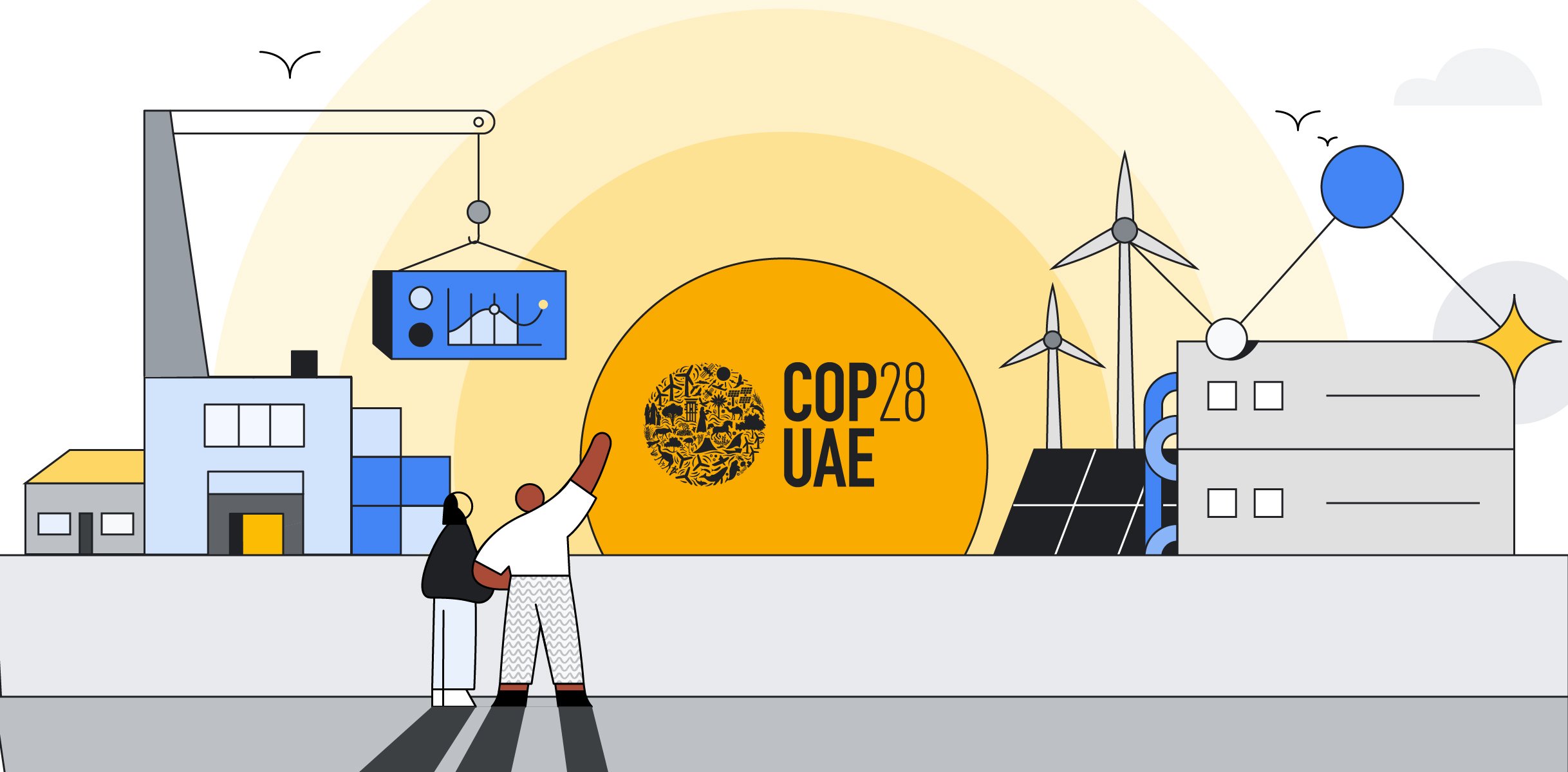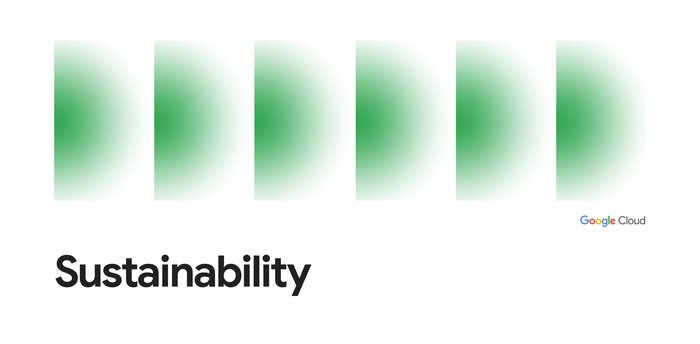The greenest energy is the energy you don’t use

Denise Pearl
Global GTM Practice Lead, Sustainability, Google Cloud
Barry Po
Chief Marketing Officer, mCloud
At COP28 this year, there’s a renewed focus on solutions to enable and accelerate a just energy transition. Take the Energy Transition Changemakers initiative, which highlights innovative and scalable solutions that overcome barriers and have the potential to be rolled out globally. But with 40 awards spanning four domain areas, it’s easy to overlook what unifies them all. A report from the International Energy Agency (IEA) in partnership with the World Energy Outlook (WEO) team puts it this way: “while there is no single blueprint for change, there is one element that can and should be in all company transition strategies: reducing emissions from the industry’s own operations.”
At Google, our own progress on the energy transition continuum is remarkable, and we continue our pursuit of reducing emissions in our own operations, including our goal to run on 24/7 carbon-free energy (CFE) by 2030. But in the early days of this journey, our original ambition wasn’t to be carbon-free — it was to use less. The greenest energy is the energy we don’t consume in the first place.
To do that, Google energy experts aggregated data on the electricity consumption of our global assets and optimized it, to help ensure that we were being energy-efficient. Put simply, we leveraged data to learn how to use less. This has put Google in a position to reach milestones like achieving 100% renewable energy on an annual basis every year since 2017 — and to focus on our more ambitious CFE goals.
But Google didn’t do this alone. We employed strategic partners with domain expertise in various aspects of the energy continuum to provide guidance, technology, and and now go-to-market partnerships, so we can offer the same solutions to our mutual customers.
For example, Google Cloud Ready Sustainability partner mCloud is a leader in optimizing, increasing reliability and sustainability of energy-intensive assets. Focused on highly complex and regulated industries like oil and gas, mCloud’s solution AssetCare has helped increase numerous customers’ facility energy efficiency by 25%, improve asset opex by 40%, increase energy output of managed wind turbines by 2%, and helped reduce fugitive emissions at key locations by 70%. Supporting IoT sensors as well as other industry standards (OPC-UA, Modbus, BACnet, and more), AssetCare aggregates energy-intensive asset performance insights together in one place and extends these insights to key decision-support systems like SAP ERP, Salesforce, IBM Maximo, and Siemens.
Together with foundational data and analytics services in Google Cloud, mCloud aggregates millions of data points associated with assets such as HVAC and wind turbines (e.g., performance, location, unique model details, age, etc.) daily into BigQuery. Once processed, mCloud leverages powerful generative AI models and fully managed tools in Vertex AI to assess output and behavior of each asset, and prescribe the required action through various dashboards or direct connections with decision support tooling.
With AssetCare, mCloud helps customers identify opportunities where complex HVAC systems in their buildings have been configured in ways that consume more energy than necessary. In some of these buildings, HVAC systems are prone to simultaneously heat and cool at the same time — consuming energy needlessly without improving thermal comfort. Through AssetCare, mCloud helps these facilities curtail such waste, improving efficiency without compromising performance. Think of it as a real-world example of leveraging AI to to enable the greenest energy — “the energy we don’t use.”
To learn more about how we help companies solve their sustainability challenges using data and AI with our Google Cloud Ready Sustainability partners, please visit our site, or connect with us on LinkedIn.
We’ll be blogging throughout COP28; follow along here.



